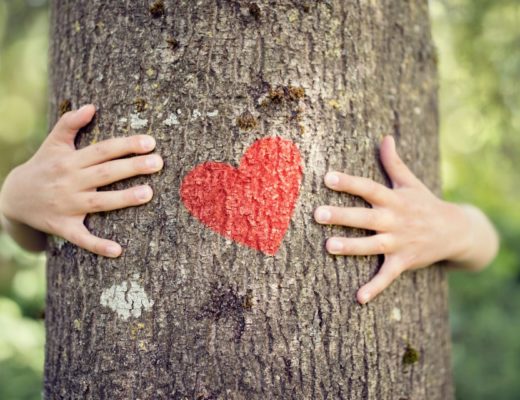The following is a guest post by filmmaker Andrea Torrice on her latest documentary that explores the benefits and threats to America’s urban forests.
I always loved trees, but never thought about how much they meant to me until three years ago, when a large, 30 foot tree toppled over in my backyard, nearly crushing my garage and my neighbor’s house. That event changed my life and inspired me to make Trees in Trouble—my new documentary film now airing on public television.
The tree in my backyard was an Ash and was infested by the Emerald Ash Borer (EAB)—a tiny bug brought here on some packaging materials used to ship goods from Asia. It was first found in Detroit 12 years ago and is now found in 33 states, heading west to Colorado.
I was shocked and saddened to learn that EAB will basically wipe out the entire ash population in North America. America hasn’t experienced the loss of an entire genus since Dutch elm disease. In fact, many cities planted ash trees along their streets to replace the Elms lost to Dutch elm disease a century ago. There are about eight billion Ash trees in the United States: blue, white, green and black. And the costs to our communities is enormous. Estimates of more than four billion nationwide, and growing.
It is difficult to “tell the story of a tree” —they don’t speak, or move. Using the city of Cincinnati, Ohio as a case study, Trees in Trouble shows how every day citizens, urban foresters, municipal leaders, scientists, and tree groups, come together to grapple with the invasion.
It is a story of hope. While there is no magic bullet for saving the Ash, scientists are working on new methods to control the infestation. The federal government is engaged in seed collection and research to developing a hybrid tree.
Communities are engaged too, providing instruction on how to identify and protect from the invasive pests and leading in reforestation campaigns with organizations like the Arbor Day foundation, encouraging people to plant native species to replace the lost ash trees. These combined efforts can replenish lost tree canopy, and possibly the ash tree in the future.
Unfortunately, other invasive pests are making their way here. The increase in global trade—nearly 25 million crates are shipped to the US each year—is increasing the threat of invasive pests. While invasive plants and insects have been around since Columbus arrived here five centuries ago, our native ecosystems don’t have time to adapt. Every community needs to become more vigilant in protecting their native trees so that future generations can enjoy their benefits and beauty.
A better solution would be to educate our global trade partners from around the world. To use plastic or recycled materials to crate and package products. This would eliminate the path that carries bugs from continent to continent. The emerald ash borer was just found in Europe. And some of our pests have been found in Asia.
It took a tree crew two days to cut down the dead ash tree in my back yard.
Farewell ash tree, I will miss you. I am replacing it with a native oak. My neighbor has 10 ash trees in her back yard, she is treating some of them and removing the rest.
I made Trees in Trouble so that every community in America can be informed and prepared. I hope it inspires you to not only love our trees, but to understand how important it is to take care of them.
For more information www.treesintrouble.com




The AEB is the third time our persistent use of monoculture when selecting trees in our landscape. The first was the Horse Chestnut, then our stately American Elm . Please as we replace ash trees diversify